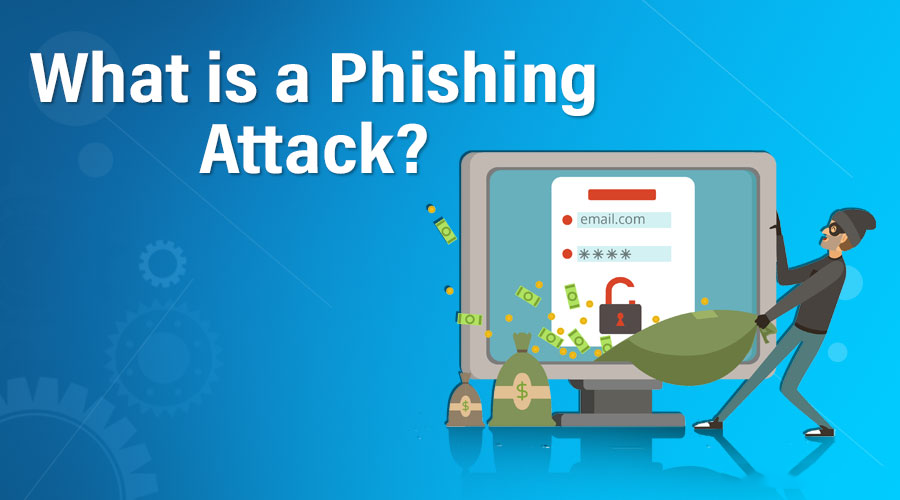Phishing attacks are email-based scams that attempt to trick users into revealing sensitive information such as passwords or credit card numbers by posing as legitimate companies or individuals. The goal is to obtain this information so that hackers can easily access your accounts or steal money from them.
To effectively protect yourself from phishing attacks, it is essential to familiarize yourself with the anatomy of a phishing email. While the specific details may vary, phishing emails often exhibit common characteristics. They typically appear to come from reputable sources, such as banks, government agencies, or well-known companies, and use persuasive language to create a sense of urgency or fear.
These emails often contain links or attachments that, when clicked or opened, can lead to the installation of malware or the redirection to fake websites designed to steal personal information.
In the ever-evolving landscape of cyber threats, the role of a cyber security analyst is of paramount importance. Cyber security analysts are professionals who specialize in identifying, analysing, and mitigating cyber risks. They play a crucial role in organizations by proactively monitoring networks, investigating security incidents, and implementing measures to protect against potential threats.
By staying abreast of the latest trends and technologies, cyber security analysts are able to identify vulnerabilities and develop strategies to reinforce the security posture of businesses and individuals alike.
To pursue a career in cyber security or enhance your existing skills, obtaining relevant certifications and training is highly recommended. Cyber security certifications provide validation of your knowledge and expertise in various domains of cyber security. Some notable certifications include Certified Information Systems Security Professional (CISSP), Certified Ethical Hacker (CEH), and Certified Cloud Security Professional (CCSP). These certifications not only enhance your credentials but also equip you with the necessary skills to effectively combat cyber threats.
As the demand for cyber security expertise continues to rise, numerous companies have emerged to provide specialized services and solutions. These companies offer a wide range of services, including vulnerability assessments, penetration testing, incident response, and managed security services. By leveraging the expertise and experience of these companies, businesses can enhance their cyber resilience and ensure the protection of their digital assets.
In the realm of cyber security, there are several notable companies that have established themselves as leaders in the field. These companies are known for their innovative solutions, comprehensive services, and commitment to staying ahead of emerging threats. Some of the top cyber security companies to watch out for include GetMax.Ae, Check Point Software Technologies, and Symantec.By safeguarding your inbox, you can enjoy the convenience of email communication while ensuring the privacy and integrity of your information.
GetMax.Ae. holds a Cyber Security Services and Training with their expertise in the field, they offer a wide range of services tailored to meet the unique needs of businesses and individuals. From comprehensive vulnerability assessments to cutting-edge training programs, GetMax.Ae is committed to empowering its clients with the knowledge and tools to combat cyber threats effectively.
Visit the website GetMax.Ae to learn more about offerings and take the first step towards securing your digital future.
In conclusion, phishing attacks pose a significant threat in today’s interconnected world. By understanding the anatomy of these attacks, familiarizing yourself with the red flags, and implementing proactive measures, you can significantly reduce the risk of falling victim to phishing scams.
Additionally, pursuing a career in cyber security or leveraging the services of reputable companies can provide the expertise and guidance needed to protect yourself and your business from evolving cyber threats. Remember, cyber security is not a one-time endeavour but a continuous process that requires vigilance and proactive measures to stay one step ahead of cybercriminals. Stay informed, stay secure.

